Description
hardware flow control. It is an ideal choice in the field of industrial automation.
In the Internet of Things era, look at the IOT strategic deployment of the “four major families” of industrial robots
When we talk about Industry 4.0 or smart manufacturing, we cannot help but mention the “four major families” of robots – KUKA, ABB, FANUC, and Yaskawa,
because as the industrial robot companies with the highest level of intelligence at present, they are in the industry They have important influence. In the era of the
Internet of Things, what are these four major families doing?
As a relatively mature product, industrial robots are difficult to judge from the perspective of ordinary users. Especially in today”s era, it is impossible to create a
generational gap through technology.
Just like when someone asks about the advantages and disadvantages of the car-making technologies of Mercedes-Benz and BMW, all I can say is, “It doesn”t matter
if you ride in a Mercedes-Benz or drive a BMW.” Comparing industrial robots to car-making, most of the key technologies used in car-making must be shared by Mercedes-Benz
and BMW. The differences in other “marketing technologies” will not affect the technological competition pattern.
So what will industrial robot manufacturers mainly rely on to widen the gap in the future? There is only one answer, the Internet of Things strategy. Without realizing it,
KUKA, ABB, FANUC, and Yaskawa, the four major industrial robot giants, have already been stationed in the field of Internet of Things and are ready to go.
KUKA(Midea)
On December 30, 2016, Midea Group’s tender offer for the shares of Germany’s KUKA Group (KUKA), the world’s leading provider of intelligent automation solutions,
through MECCA InternaTIonal (BVI) Limited, has received approval from all relevant regulatory authorities.
At the annual meeting of Midea Group on January 12, 2017, Fang Hongbo, Chairman of Midea Group, emphasized the industrial significance of Midea’s acquisition
of KUKA: In the future, Midea will build a second industrial segment besides the home appliance industry, namely the robotics and industrial automation industry segment. This is The new growth point of beauty.
The annual meeting invited KUKA CEO TIll Reuter, who has just entered the Midea system, to give a speech. When explaining the core strategic goals for the future,
Reuter mentioned the two concepts of “intelligent machines” and “digital areas”, which are the two concepts that run through the Internet of Things technology in the company”s business:
Intelligent machines: Among the industrial robots manufactured by KUKA, they are equivalent to advanced robots with both autonomy and mobility. Soon a large number
of industrial robots will “step out of the work cage that is isolated from humans” and begin to work closely with humans, further improving their flexibility. Reuter said that as
industrial robots continue to develop, smart machines with better autonomy and mobility will emerge.
Digital area: It is a solution that combines the knowledge related to production processes of various industries that KUKA has cultivated in the past with the
most cutting-edge IT. Reuter said: “We are familiar with the production processes of products such as cars and aircraft. We want to connect our technical experience with IT to provide
customers with intelligent systems.” Reuter said that by optimizing intelligent systems, that is, complex systems based on big data analysis, reducing downtime
and predictive maintenance of various production systems, new business models can be created and a highly integrated value chain can be built.
According to IFR data, in the field of automobile manufacturing, KUKA robots have the largest market share in the world. We might as well start with the automotive industry
and show you how KUKA uses the “Internet of Things box” to construct the Jeep Wrangler”s body-in-white workshop into an IIoT (Industrial Internet of Things) factory.
https://www.xmamazon.com
https://www.xmamazon.com
https://www.plcdcs.com/
www.module-plc.com/
https://www.ymgk.com
PDD205A1121 3BHE025336P201 ABB
PDD205A1121 3BHE025335R1121 ABB
PDD205A1121 3BHE025335R1121/3BHE025336P201REV.D
PDD205A0121 3BHE025335R0121/3BHE025336P201REVD
PDD205A0121 3BHE025336P201 ABB
PDD205A0121 3BHE025335R0121 ABB
3BHE025336P201 Central Processing Unit
3BHE025335R0121 Central Processing Unit
PDD205A0121 Central Processing Unit ABB
3BHE020P201 Central Processing Unit ABB
3BHE019633R0101 Central Processing Unit
PDD200A101 Central Processing Unit ABB
PDD200A101 3BHE020P201 ABB
PDD200A101 3BHE019633R0101 ABB
PDD200A101 3BHE019633R0101/3BHE020P201
P4LQA HENF209736R0003 Power module
P-HA-RPS-32200000 Power module ABB
OKYM175W22 Programmable controller
OCAHG 492838402 Programmable controller
OCAH 940181103 Programmable controller ABB
NU8976A99 HIER466665R0099/NU8976A
HIER466665R0099 Industrial module ABB
HIEE220295R0001 Industrial module ABB
NU8976A HIEE220295R0001 ABB
NPCT-01C 64009486D ABB
NMTU-21C 3BSE017429R1 ABB
NF93A-2 HESG440280R2 ABB
NF93A-2 HESG440280R2 HESG323662R1
NF93A-2 HESG440280R2 HESG323662R1/HESG216665/K
NBIO-21CU 3BSE017427R1 ABB
3BSE017427R1 Analog output board ABB
NBIO-21CU Analog output board ABB
NDCU-12CK Analog output board ABB
NDCU-12C Analog output board ABB
MVR0.44-10KA Analog output board ABB
MANUFACTURER Analog output board ABB
MSR04X1 Analog output board ABB
MSR04X1 MANUFACTURER ABB
MSR04X1 MANUFACTURER:ABB AGUST
HESG440588R4 Analog output board
MC91 HESG112714/B Analog output board
MC91 HESG112714/B ABB
MC91 HESG440588R4 ABB
MC91 HESG440588R4 HESG112714/B ABB
MB510 3BSE0002540R1 Analog output board
M063B003217 Analog output board ABB
3BHL000986P7000 Analog output board ABB
LXN1604-6 Analog output board ABB
LXN1604-6 3BHL000986P7000 ABB
LWN2660-6 Analog output board ABB
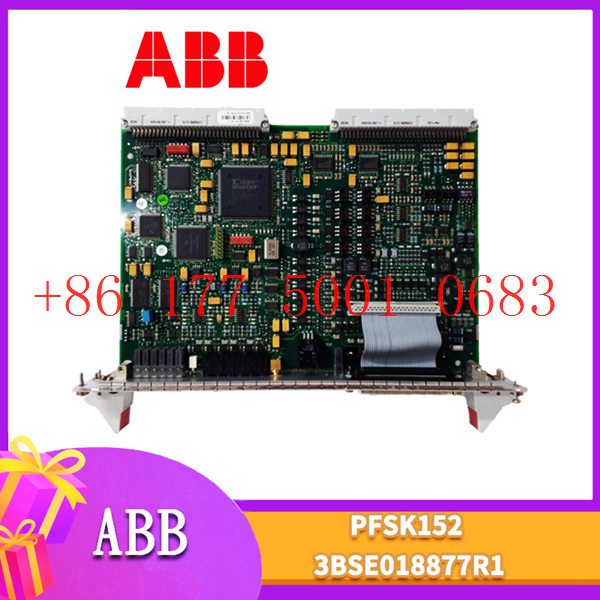
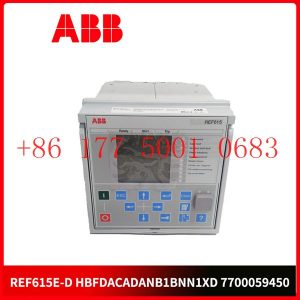
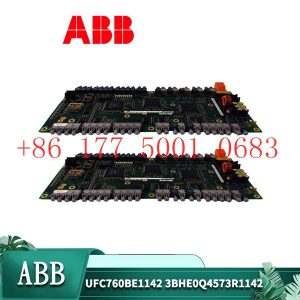
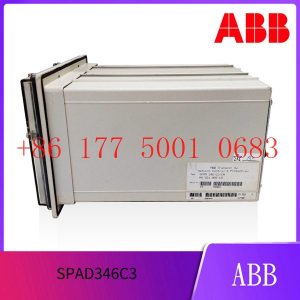
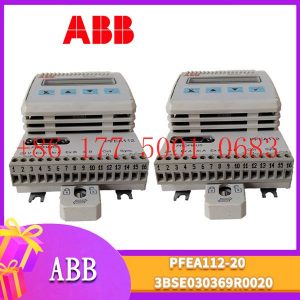


Reviews
There are no reviews yet.